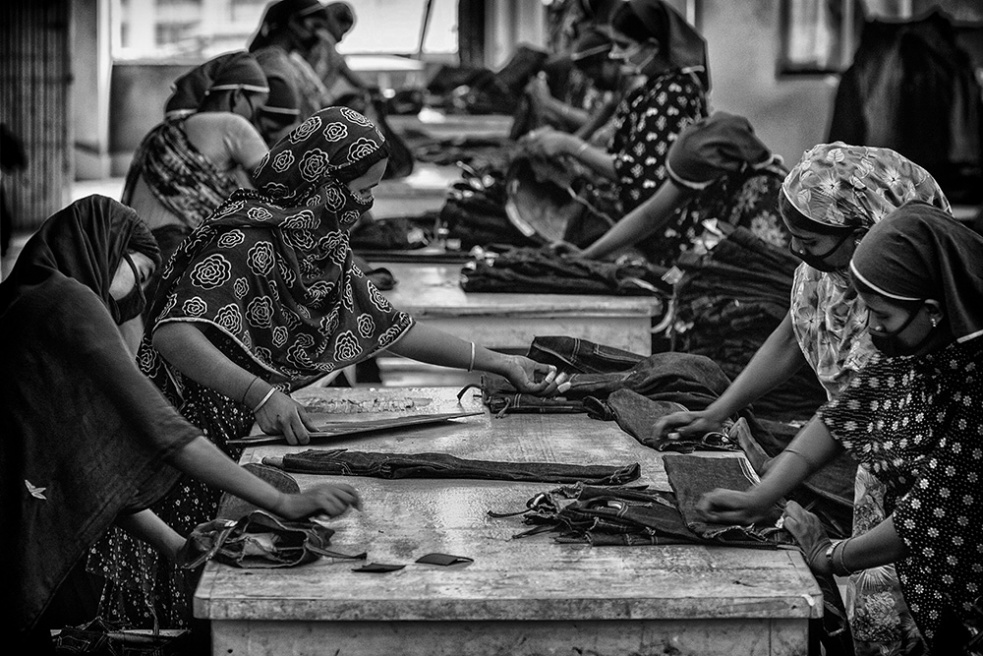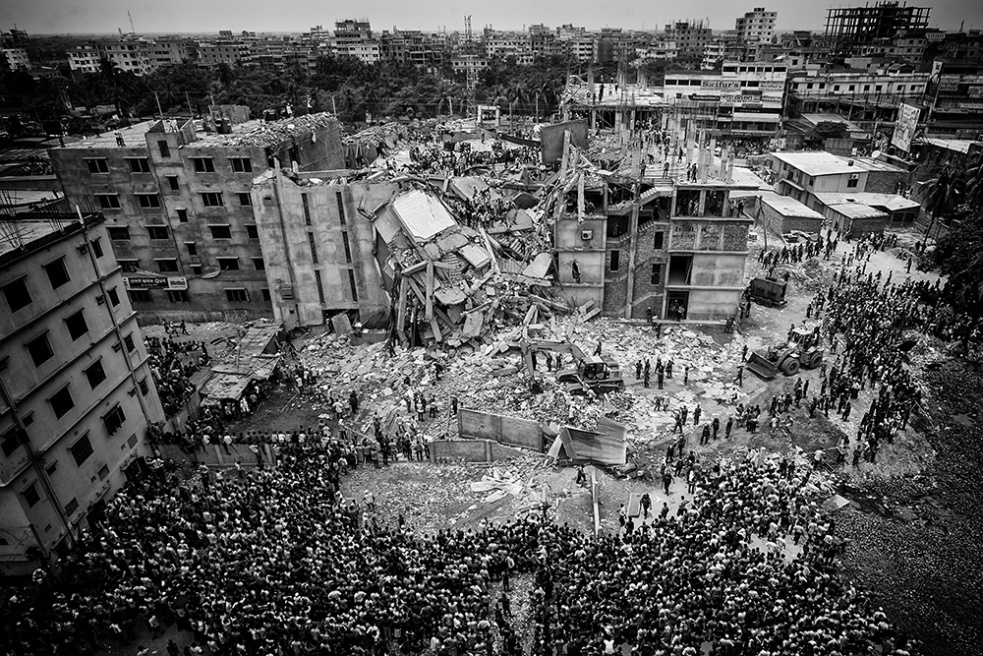"This building will stand a hundred years," owner boasted just a day before collapse. The next morning, it came down."Aha re," the people shook their heads and asked sympathetically So sad."Shoitaner shoitan," they cursed the owner of the building. The devil's devil. The number of dead bodies crossed thousand so fast. Thousands of mourners have gathered at the ruins of a garment factory building (rana plaza at savar) to offer prayers for the souls of the 1,127 people who died in the structure's collapse 24th april, the worst tragedy in the history of the global garment industry. It came months after a fire at another garment factory in Bangladesh in November killed 112 workers. These two are mentionable , time before also couple of accidents happened and many lost their close ones in those tragedy. Savar tragedy is a symbol of our failure as a nation. The crack in Rana Plaza that caused the collapse of the building has only shown us that if we don't face up to the cracks in our state systems, that we as a nation will get lost in the debris of the collapse. Bangladesh’s government also agreed to allow garment workers to form unions without permission from factory owners. That decision came a day after it announced a plan to raise the minimum wage in the industry. Many Western companies [clarification needed], which have activities in Bangladesh, have engaged in significant public relations campaigns to minimize the fallout from revelations about their worker's inhumane conditions. Dozens of consumers in the US spoke out against unsafe working conditions found in the factory building. People also unleashed their anger at retailers that did not have any connections to that specific building, but are known to source from factories located in Bangladesh.
Cheap labours, quantity of labourer are blessings for our garment sector. But this blessing turned into curse when all those innocent workers have to sacrifice their lives under poor labour law, unhealthy security system, and negligence of their owner. Moreover the government itself. The "Made in Bangladesh" tag has now changed in meaning. It costs bloods to tag a price on those products made by our worker.
It is high time authority took any revolutionary step for the sake of the neglected garment workers. Thousands of garment workers had died. The last breath of those souls surrounds us. Did we learn anything at all from these terrible massacres? Or will we have completed our duty by merely expressing our deep sympathy.



























